Who We Are
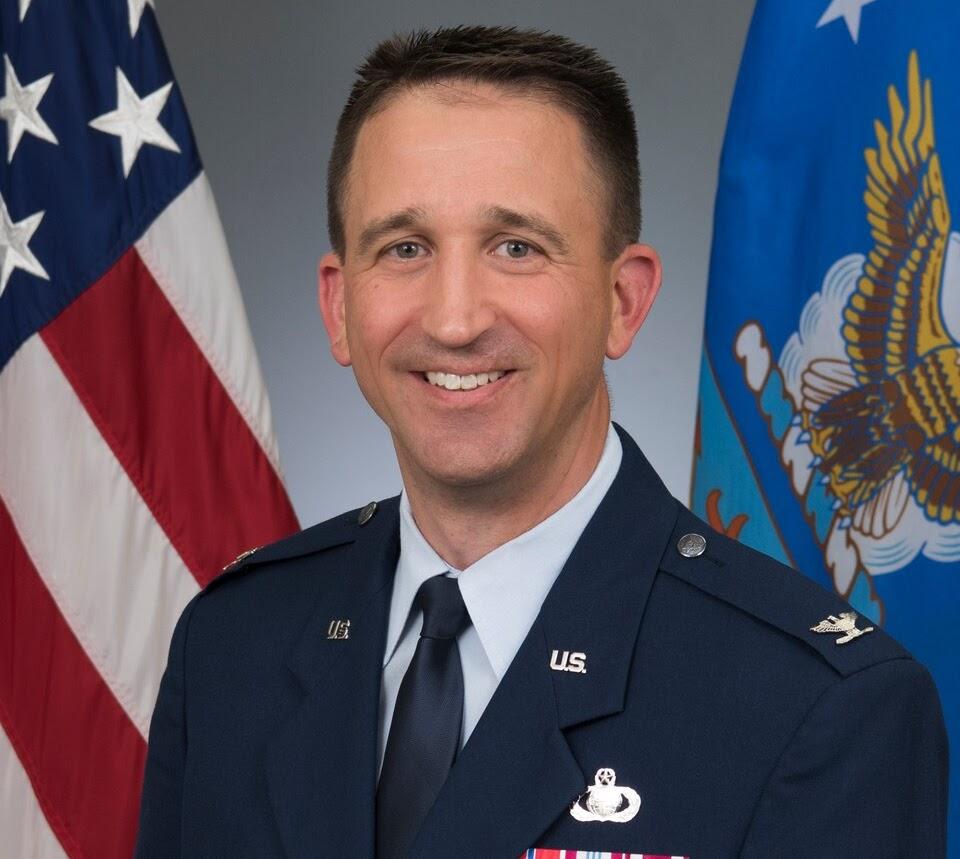
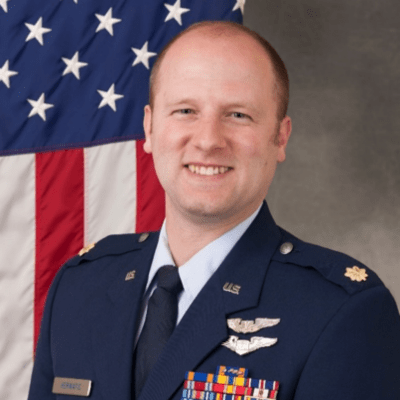
Lieutenant Colonel Joseph B. Herwatic
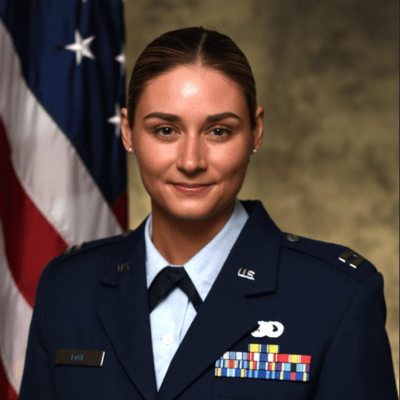

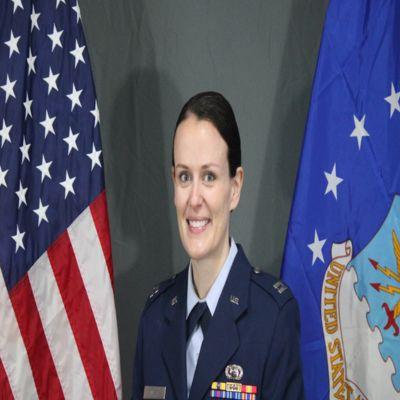

Technical Sergeant Nathaniel W. Dielmann

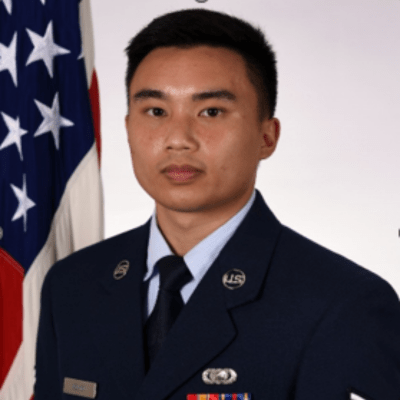
Staff Sergeant Brett L. Nguyen
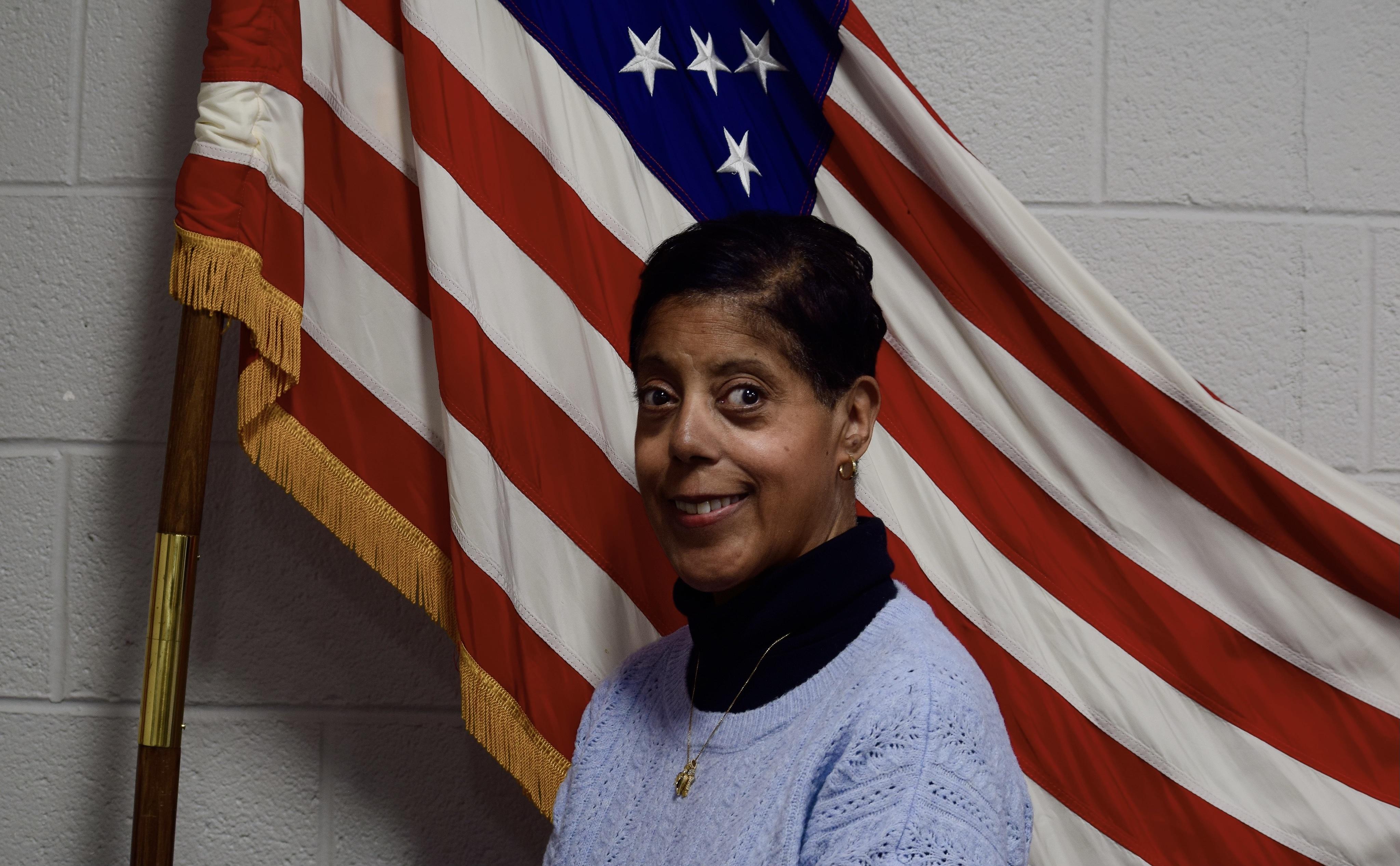
Detachment 330 History
Detachment 330 has been commissioning leaders of character into the United States Air Force since its beginning. The program traces its roots to the military training that has been conducted at the University of Maryland since 1864 as part of the Morrill Land Grant Act. The act required colleges to provided instruction in military tactics and drill in order to provide trained citizen soldiers for the United States should a war break out. ROTC at the University of Maryland started in 1920 and produced many fine officers for the United States Army and the Army Air Corps including Leonard T. Schroeder, the first American soldier ashore on D-Day.
In 1949 the university decided to establish an all Air Force ROTC program, becoming the first land grant college to do so, and appointed Colonel John C. Pitchford, as the Dean of Military Science. This marks the beginning of AFROTC’s history at the University of Maryland, and since that time the detachment has a leader in excellence and innovation. In the 1950s, the detachment helped to commission some of the first African-American officers into the Air Force by providing cadre to instruct African-American cadets at Maryland State College, today the University of Maryland Eastern Shore. Additionally it was one of ten programs chosen to allow women to compete for commissions in the Women in the Air Force (WAF), a program that allowed women to serve in limited roles in the Air Force before they were accepted on an equal basis with men in the 1970s.
The 1960s and 70s saw the Vietnam War, the abolishment mandatory ROTC, and student protests on campus, but Detachment 330 remained and continued to focus on its mission: “To Recruit, Develop, Assess, Train, and Educate the World’s Best Leaders.” From marching in President Dwight D. Eisenhower’s inauguration parade to commissioning some of the finest leaders of character that have served our nation, the Old Line Wing has played a storied role in UMD and Air Force history.
As it looks to the past for inspiration, Detachment 330 will continue to make history.
Old Line! Strong Line!
1864: The University of Maryland becomes a land-grant college and begins Military Science courses.
1920: The university officially begins a Reserve Officer Training Corps Program, allowing students a direct path from their military training into the United States Military.
1942 – 1945: ROTC is suspended nation wide because of the pressing need for men during World War II. ROTC is re-established an expanded at the university in late 1945.
1946: An aviation cadet program is established at the University of Maryland to provide pilots to the United States Army Air Forces
1949: The university coverts its ROTC program to be entirely Air Force, the first land grant college to do so, and Colonel John C. Pitchford is appointed the first Detachment Commander.
1950: The Detachment commissions its first officer, 2nd Lt. William A. Ginn.
1950s: The University of Maryland has the largest AFROTC program in the nation with nearly 3200 cadets and 40 cadre. Detachment 330 would continue to be the largest Air Force program in the nation into the 1960s.
1951: Officers and men of Detachment 330 begin instructing African American cadets at Maryland State College, today the University of Maryland Eastern Shore.
1956: The Detachment becomes one of the first in the nation to allow women to compete for commissions in Women in the United States Air Force (WAF), a program which allowed women to serve in the Air Force in limited capacities.
1965: University of Maryland ends mandatory ROTC, from this point forward all participation in ROTC at the university is purely voluntary. The program would be downside from a Cadet Air Division to a Cadet Wing.
1970: Brigadier General Daniel “Chappie” James Jr., who would go on to become the first African-American to attain the rank of four-star general, address the Cadet Wing and praises them for “having the guts to stand tall for your country.”
1970: Kathy Thompson becomes the first female cadet to enroll in the program to compete for a commission in the regular Air Force. Women were now allowed to enter the Air Force on equal basis with men and the WAF program would end in 1976.
1971-2: The ROTC program becomes a target of the growing opposition to the Vietnam War. ROTC offices on campus are ransacked by student protesters, enrollment begins to decline, and the Campus Senate votes to abolish the program entirely. The university administration ultimately vetos this request request as impractical.
1977: Enrollment in the program begins to rise again in the aftermath of the Vietnam War. More students begin to express interest in the Air Force as a career path and the detachment begins to grow in size again.
1980 – Present: Detachment 330 continues to grow and develop, always keeping in mind its mission to develop leaders of character. The program has been national recognized for its excellence, including receiving the coveted High Flight Award for best large AFROTC Detachment in the Northeast Region in 2009, 2011, and 2017.
